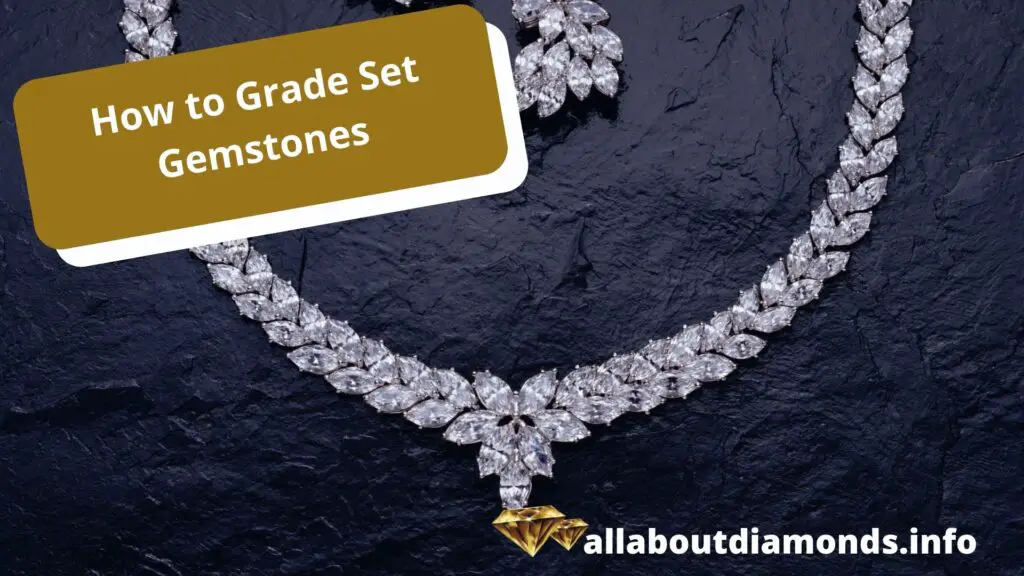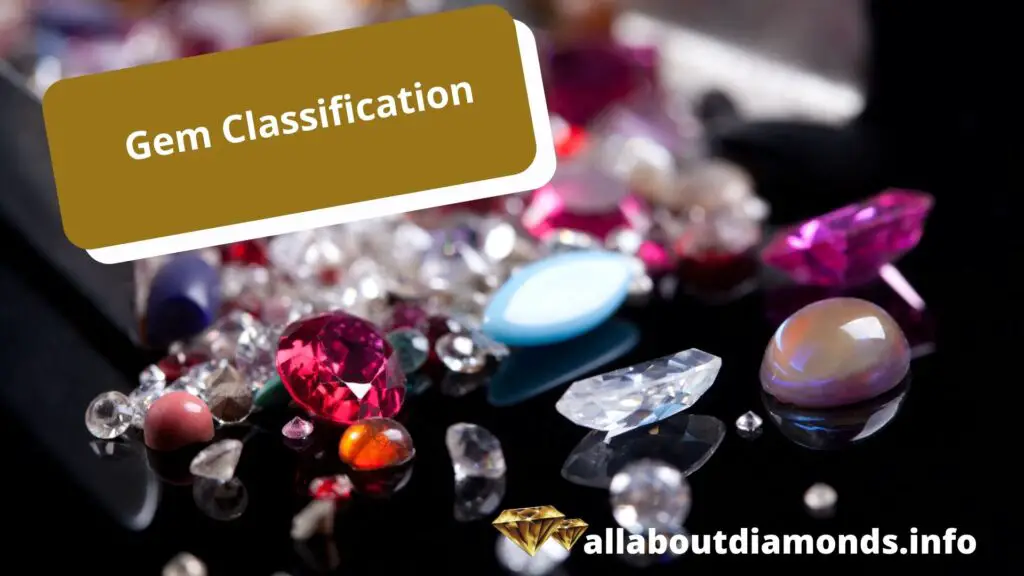Jewelry planning and coordination involves learning the value of certain pieces. To understand the value of gemstones, it is important to learn the 4 Cs (cut, clarity, color, and carat), which are principles used to grade and assess the quality of a gemstone.
Additionally, learning to grade set gemstones by evaluating the Weight, Depth, Diameter, Melee, Crown Angle, Girdle Thickness, Pavilion Depth, and Culet Size can help you determine the overall value of a gem.
Set Gemstones and the Four Cs
When it comes to grading gemstones, the four Cs (cut, clarity, color, and carat) are the fundamental elements that provide important understanding of the gemstone’s value. Gemstone cut refers to the precision and accuracy of how the gemstone is shaped: whether its facets, symmetry, and polish are properly aligned.
Clarity is primarily concerned with inspecting if the gemstones are free of inclusions, or any interior flaws or blemishes. The Color of the gemstone is determined by how bright and vibrant it appears.
The Carat of the gemstone measures its weight, which can typically increase the value of a gemstone.
Carat Grading Set Gemstones
Weight
When it comes to grading set gemstones, the weight is an important factor of determining a set gemstone’s value. A magnifying loupe (10X magnification) should be used to accurately measure the weight of the gemstone. Gemstones that are heavier have a higher carat value, which generally increases the overall value of the gem.
Depth/Diameter
Once you have determined the weight of the gemstone, you should measure the depth and diameter of the stone. This should also be done with a magnifying loupe and a jeweler’s loop. You should determine the depth from the “culet” (the flat facet at the bottom of the gemstone) and the diameter should be the widest part of the set gemstone.
Melee
Melee is a term used to describe small round gemstones (2-3mm in diameter) that are usually used in a cluster. Determining the number of melee stones are important as it will impact the overall look and value of a set gemstone.
Cut Grading Set Diamonds
When it comes to diamonds, the cut is the most important factor when it comes to grading it. The cut is the aspect that determines the brilliance of the diamond. There are certain things you should consider when grading the cut of a diamond.
Crown Angle
The crown angle should be the first point of inspection when it comes to grading the cut of the diamond. The angle should be between 32 to 42 degrees when properly cut. If the diamond’s crown angle falls below 32 degrees or higher than 42 degrees, the diamond will not attract as much light and the brilliance of the diamond will be reduced.
Girdle Thickness
The Girdle thickness is the circumference of the diamond, and it should maintain a certain thickness in order to maximize the brilliance. The girdle should be graded with a “thin to thick” grading: extra thin, thin, medium, slightly thick, thick, and extra thick.
Pavilion Depth
The pavilion depth should be between 43-47.5% of the diamond’s total depth. A pavilion depth that falls beneath that range can cause light leakage. Making the diamond appear less brilliant, and one that goes beyond the range can cause the diamond to appear “bow-tie” or “blackout”.
Culet Size
The Culet size is the small facet at the base of the diamond. The smaller the facet, the better because it means that the light can spread in the diamond in a uniform way rather than escaping at the base. The culet size should also be graded with a “none to slightly large” grading.
In conclusion, understanding how to grade set gemstones is essential for understanding its overall value. All set gemstones should be graded by first inspecting the four Cs (cut, clarity, color, and carat).
By understanding these principles, one can accurately grade set gemstones.


